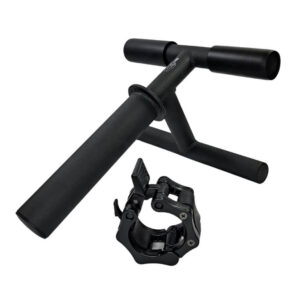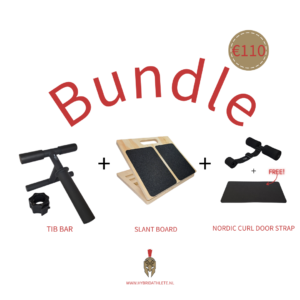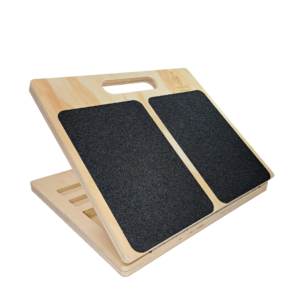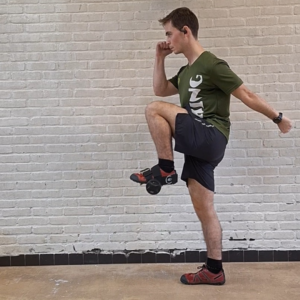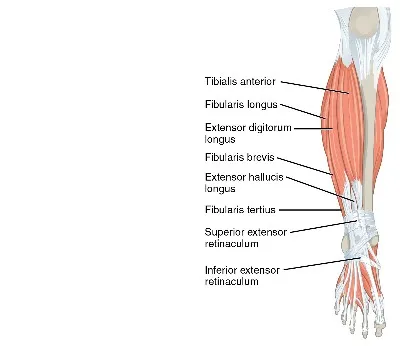
The tibialis (anterior) muscle is a small but important muscle located in the lower front (anterior) portion of the leg. It helps provide stability to the ankle and foot, which makes it especially important for athletes who engage in activities that include running and jumping.
And, as you probably know, having weak tibialis support can significantly impact performance.
Tibialis weakness can be caused by overuse, injury, or even genetic factors. Working on your ankle mobility can help you prevent injuries and increase performance.
So, don’t be like many people who neglect this component of their fitness routine since they don’t realize how important it is. In this article we’ll discuss tibialis muscle strength as well as some exercises you can do to improve it:
Table of Contents
TIBIALIS MUSCLE STRENGTH
The tibialis anterior muscle is located in the lower leg between bones called the tibia (shinbone) and fibula (calf bone). It helps control foot movement as well as provide stability during weight-bearing activities such as walking up stairs or running on uneven ground.
To put it bluntly – tibialis muscle strength is important for athletes because it provides stability to the ankle.
This is important for those who participate in sports like basketball, soccer, and football – wherever quick changes in direction are necessary.
For example, if you’re playing basketball and need to stop on a dime when someone drives past you or makes an unexpected pass; or if you’re playing soccer and need to change direction quickly while running downfield with the ball; or if you’re playing football (American) and need to change directions after catching a pass while running downfield against defenders – all these situations require strong tibialis muscles!
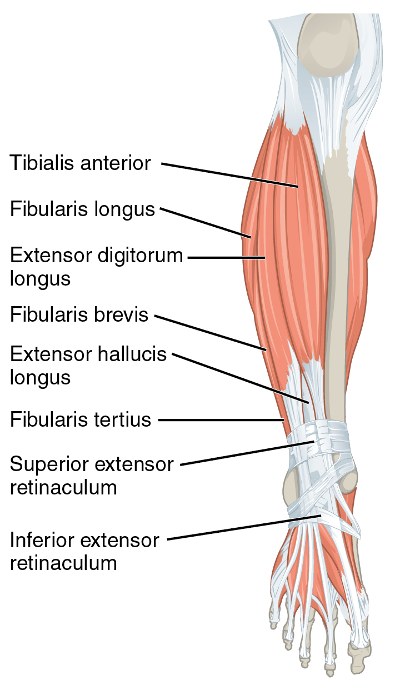
WHAT CAUSES TIBIALIS MUSCLE WEAKNESS?
The tibialis muscle is responsible for stabilizing the ankle, and weakness in this muscle can cause many issues with your gait.
Tibialis weakness can be caused by overuse, injury, or even genetic factors. If you’re an athlete who runs frequently or plays sports that involve jumping and landing on your feet, you may be more prone to developing tibialis weakness.
TIBIALIS MUSCLE OVERUSE
Overuse injuries are typically caused by repetitive motions such as running long distances without adequate recovery time between runs. These types of injuries are common among runners who train excessively without giving their body time off from exercise.
When you run repeatedly without allowing sufficient recovery time, small tears develop within the muscles that make up each leg’s calf region. A condition called “chronic inflammation.”
The resulting inflammation prevents blood vessels from supplying enough oxygenated blood cells into these areas where they’re needed most. In turn, this deprives those tissues of vital nutrients needed for proper function. Lastly, this causes them not only to stop working properly but it leads them to become weaker over time.
So next time you think about hitting up another 10K before work tomorrow morning…think again!!
ANKLE MOBILITY GOES HAND-IN-HAND WITH A STRONG TIBIALIS
The ankle is a complex joint that allows the foot to move in all three planes of motion. It also acts as a shock absorber and provides stability for walking and running. Ankles are susceptible to injury due to their anatomy, which makes it important for athletes of all ages to incorporate ankle mobility exercises into their fitness routines.
Ankle mobility exercises can help improve your balance, prevent injuries, increase flexibility, improve coordination, and strengthen muscles around your lower legs. These are all things that are critical for athletes (or anyone who wants strong ankles).
Here are some great ways you can get started:
Ankle circles
Stand on one leg while holding onto something stable if needed; slowly rotate your foot around its axis at least 10 times clockwise then counterclockwise before switching sides.
LIFT YOUR FOOT UP HIGH (AND REACH)
This exercise helps build strength in your tibialis anterior muscle while increasing flexibility through its range of motion.
Remember, your ankles can only be as strong as your feet are. Make sure to dedicate some time to strengthening your feet, so the other joints can follow.
Walk on your toes
If possible try doing this barefoot so you can really feel what’s going on in those tendons! Practice walking slowly across a room without putting any pressure on the ball or heel of your foot; repeat until fatigued
THE JAPANESE SIT STRETCH FOR THE TIBIALIS
Also known as the Seiza stretch. It involves sitting on your heels with your toes pointing backward and sitting back on your heels. This stretch can help to stretch and relieve tension in the tibialis muscles.
HOW TO TRAIN YOUR TIBIALIS MUSCLE
The tibialis muscle is important for athletes because it provides stability to the ankle. It’s possible to strengthen this muscle through proper training, but many people neglect it.
the tib bar raises are the most efficient way to develop tibialis strength. Make sure to give these other exercises a try:
- Slant Board Tibialis raises
- Plate-loaded toes raise
- Kettlebell tibialis raise
- Tib Bar toe raise
IN CONCLUSION
As you can see, the tibialis muscle has a lot more responsibilities than we give it credit for. It plays an important role in virtually every movement we do in everyday life, let alone running and playing sports.
If you are an athlete and have been neglecting this important muscle, it’s time to start incorporating these exercises into your routine.
GET THE BEST INJURY-PREVENTION TRAINING EQUIPMENT:
GET THE BEST INJURY-PREVENTION TRAINING EQUIPMENT:
Above all, a storyteller. Then comes marketing, branding, writing music, powerlifting, and woodworking.


